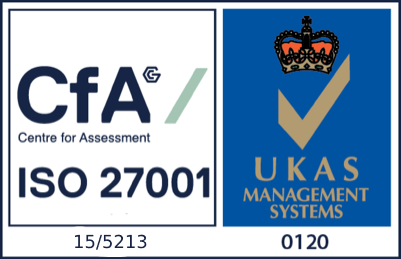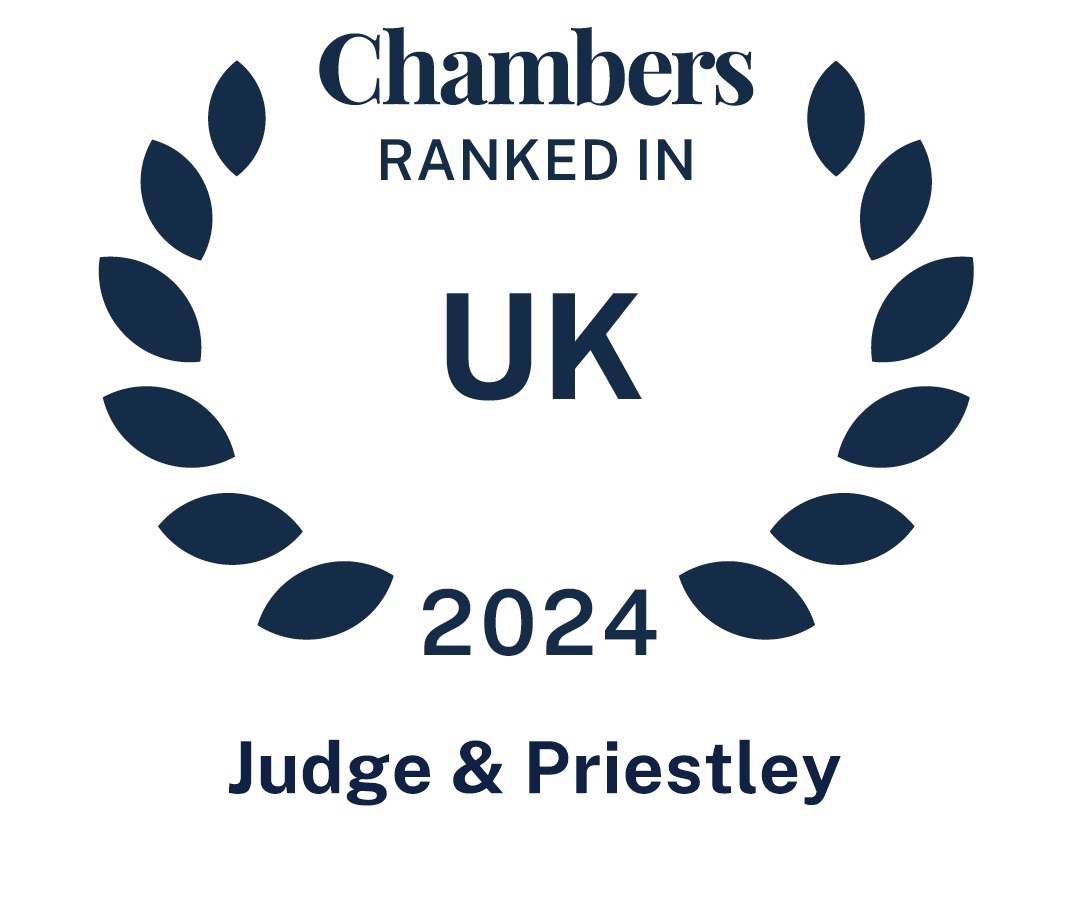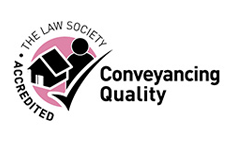- Bromley020 8290 0333
Homes, Fitness for Human Habitation, Act 2018 commences on 20 March 2019
The new Act will become law from 20 March 2019 and amends section 8 and 10 of the Landlord and Tenant Act 1985. The Act requires that all rented properties in England must be “fit for human habitation”.
When will the Act apply?
- To new tenancies granted after 20 March 2019 for a term of less than 7 years in total (including new periodic tenancies).
- To tenancies which began as a fixed term before the commencement date, but become a periodic tenancy after the commencement date.
- From 20 March 2020, to all existing period or secure tenancies.
- To fixed leases renewed after 20 March 2019 for a further fixed term.
Where the lease applies to a dwelling which is a part of a larger building (for example a block of flats), the implied covenant also applies to any common parts of the building (s9A(6)).
What will it change?
The new legislation will imply into any tenancy a covenant by the landlord to ensure that the dwelling is “fit for human habitation” at the time the agreement is created and remains fit for human habitation throughout the term of the lease. It will not be possible to contract out of this covenant, or to penalise the tenant for relying on it (s9A(4)).
What does ‘fitness for human habitation’ mean?
This is currently defined in section 10 of the current Landlord and Tenant Act 1985. With the new amendments, this will read as follows:
’10 - Fitness for Human Habitation
1. In determining for the purposes of this Act whether a house or dwelling is unfit for human habitation, regard shall be had to its condition in respect of the following matters -
Repair, Stability, Freedom from damp, Internal arrangement, Natural lighting, Ventilation, Water supply, Drainage and sanitary conveniences, Facilities for preparation and cooking of food and for the disposal of waste water,
in relation to a dwelling in England, any prescribed hazard;
And the house or dwelling shall be regarded as unfit for human habitation if, and only if, it is so far defective in one or more of those matters that it is not reasonably suitable for occupation in that condition.’
A prescribed hazard is then defined in the new subsections (2) and (3) as any ‘matter or circumstance amounting to a hazard’ for the time being prescribed in regulations made under s2 of the Housing Act 2004. Regard shall be had to the 29 Hazards in the Housing Health and Safety Rating System (HHSRS):
- Damp and mould growth
- Excess cold
- Excess heat
- Asbestos and MMF
- Biocides
- Carbon Monoxide and fuel combustion products
- Lead
- Radiation
- Uncombusted fuel gas
- Volatile organic compounds
- Crowding and space
- Entry by intruders
- Lighting
- Noise
- Domestic hygiene, pests and refuse
- Food safety
- Personal hygiene, sanitation and drainage
- Water supply
- Falls associated with baths
- Falls on the level surfaces
- Falls associated with stairs and steps
- Falls between levels
- Electrical hazards
- Fire
- Flames, hot surfaces and materials
- Collision and entrapment
- Explosions
- Ergonomics
- Structural collapse and falling elements.
For more information on hazards, please see the guide here - https://assets.publishing.service.gov.uk/government/uploads/system/uploads/attachment_data/file/9425/150940.pdf
What doesn’t change?
Tenants are still required to use the premises in a ‘tenant-like manner’, and the obligation does not extend to the landlords being required to rebuild or reinstate the premises in the case of destruction or damage by fire, storm, floor or other accident (s9A(2)(a-b)). There is also no requirement in statute of notice given to the landlord; however it is anticipated that this will be similar as with disrepair cases.
What can you do as a landlord?
- Ensure that your relevant teams (if you are a social housing landlord) familiarise themselves with the new legislation. Your surveyor’s report may be relied upon in addressing a claim under the new legislation. They need to be aware of the requirements of the legislation and should have the required qualification to adequately address the same within their report.
- Void checks – a detailed check is needed. You need to ensure that the property is fit from the point your new tenant moves in. Do not move a new tenant in if works are required to eradicate a hazard at the property. Move in a new tenant only once all of the works are completed.
- Undertake an audit of your older stock if practicable.
- Schedule in regular inspections of your properties. Whilst this may not be achievable due to constraints of time and resources we strongly recommend that you have in place a system to do so.
- Maintain good records. Train your staff to create a reliable paper trail of all inspections/works undertaken accompanied by supporting photographs/video recordings.
- Ensure that you have a system in place to respond promptly and robustly to any claims brought against you under the new legislation.
Our knowledgeable team of experts is here to help. For more information please get in touch with Nitika Singh, Head of Housing Department or call 0208 290 0333 to speak to a member of the housing team.









